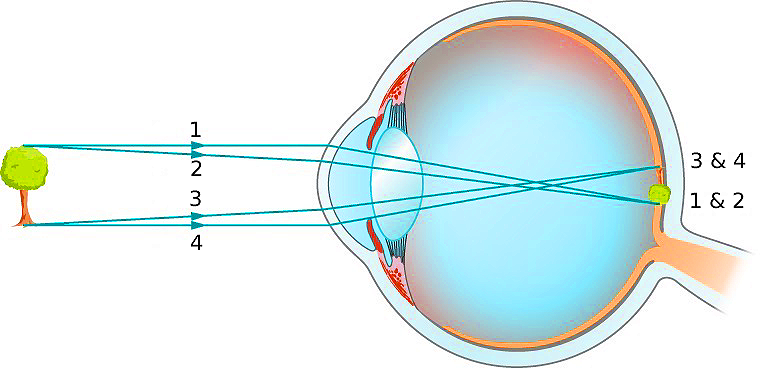Overview
Double vision, also known as diplopia, is the simultaneous perception of two images of a single object – the patient sees two images of a single thing either all the time, or some of the time.
Normal sight depends on multiple areas of the vision system working together seamlessly.
Learn more about our Neuro-ophthalmologist today

How An Image is Perceived
From the front to the back of the eye:
• The cornea is the clear window into the eye. It does most of the focusing of incoming light.
• The lens is behind the pupil. It also helps focus light onto the retina.
• The retina is like the film inside a camera – images falling onto the retina stimulate light-sensitive cells and create signals that are sent via the vision (optic) nerve to the brain to allow us to see.

• The vision (optic) nerve carries visual information from the eyes to the brain.
• Muscles of the eye — extraocular muscles — normally move both eyeballs in a coordinated manner
• The brain is where several areas process visual information from the eyes.
• Problems with any part of the vision system, from front to back, can lead to double vision.
